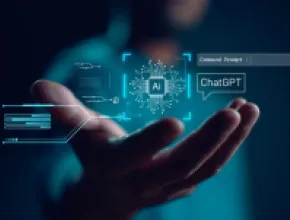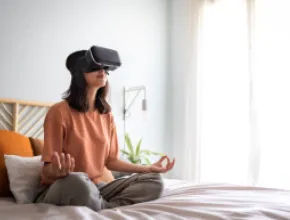There has been wide distribution of the newest generation of smart phones such as iPhones, Blackberries, Treos and all the others, along with a vast variety of affordable and accessible applications. Meetings industry professionals have mobile access to treasure troves of planning resources that give them instant information to make them more efficient, in the office and on-site.
With this lofty assumption in mind, I called a few industry pros and asked them how they were adapting and incorporating new apps from amongst the available thousands.
Edward Perotti, senior manager of global T&E at VMware in Palo Alto, Calif., told me how he is using phone apps in his meeting planning operations.
"I live and breathe by my Blackberry, but with all the apps…do we need them?" he wonders. "Are the people we are working with using them?"
He then answers both questions with a single word: "No."
In his world, he says, text messaging, e-mailing, telephoning and, very rarely, Web access are the extent of his smart phone usage.
"No phone apps, not really…you’re going to have a generational thing with all of this [technology]," he says.
This may indeed be true—for now.
Jeff Rasco, industry technology visionary and president of Austin, Texas-based Attendee Management Inc., offers an explanation that addresses the generation gap when asked why he thought professionals might start using tools that are heretofore unknown.
"It’s the peer pressure! ‘All my friends are doing it!’" Rasco says. "Seriously, you remember Metcalf’s Law—
the value of a system is proportional to the square of the number of users? Good, useful applications will be adopted and will spread, but sometimes they need a boost to reach critical mass. The cultural change helps this a lot. My—mostly much younger—staff jump on mobile applications and make them work to their uses, much like we did with early online databases and the Web. I think it’s going to drive some very interesting developments for our industry, and I think it’s going to happen much faster than before."
Meetings industry technology pundit Corbin Ball is enthusiastic about these new and emerging technologies and sees a bright future. I asked him when we could expect more planners to start using these mobile apps and which ones they might tap into when they were on a site inspection, in the office, in a cab, on a plane or at home.
He postulated the following: "…the mapping, geo-location, travel management, weather tools and social review sites are helpful. There are also several mobile-apps specifically for meeting planners, such as ChirpE, FollowMe, VisionTree, Snipp, RunTruiz, Pathable, Layar, and this number is growing."
Several of these new apps attempt to do away with meeting-related paper by making comprehensive conference materials available via handheld devices, and integrating with various social media functionalities.
For his own use, Ball says he uses the basics: phone, e-mail, calendar, contacts, Web and SMS (texting). He also uses iPod music, mapping functions and weather (WeatherBug), as well as social review sites such as Yelp and AroundMe. He also has Skype, TweedDeck, TripIT, Facebook, news channels and Fandango on his regular list.
I have always admired Ball’s enthusiasm for "great idea" technologies, and it is good to know that there is someone out there scouting on the horizon, testing the waters and reporting back the good news to come. However, as I speak with planning professionals, I have yet to find anyone who has really adopted any of these mobile aides, aside from the obvious ones.
Julie Lindsay, director of corporate events at Gap, says she uses her handheld for telephone and e-mail, maybe with an occasional flight status or holiday calendar check. She opines that a lot of the phone apps she has seen seem to be "gimmicky."
Carolyn Pund, senior global meetings and events manager with Cisco Systems, echoes these sentiments.
"I’m afraid none of our team uses any specialized apps other than the regular smart phones—phone, e-mail, calendar," she says. "I wish the story was more glamorous, but the truth is, all of our meeting/tracking/SMMP tools are on the desktop and not PDA-enabled. I would love to know if there are any worthwhile ones, but for now, we use plain old e-mail."
I asked Rasco and Ball whether they thought that our new "phones," with all their functionality and apps for seemingly everything, turn us into a culture with our noses glued to little glowing boxes?
"I am not convinced at all that younger generations can multitask like some think they can," Rasco says, "and it bothers me that a lack of attention may create less knowledge overall. I find it very rude to be sitting with someone in a restaurant while they check their e-mail or text their buddies. And what’s up with glowing screens all over the movie theaters, or during a keynote presentation? I do hope this all passes, for the sake of civility, but don’t hope the success of mobile apps wanes."





